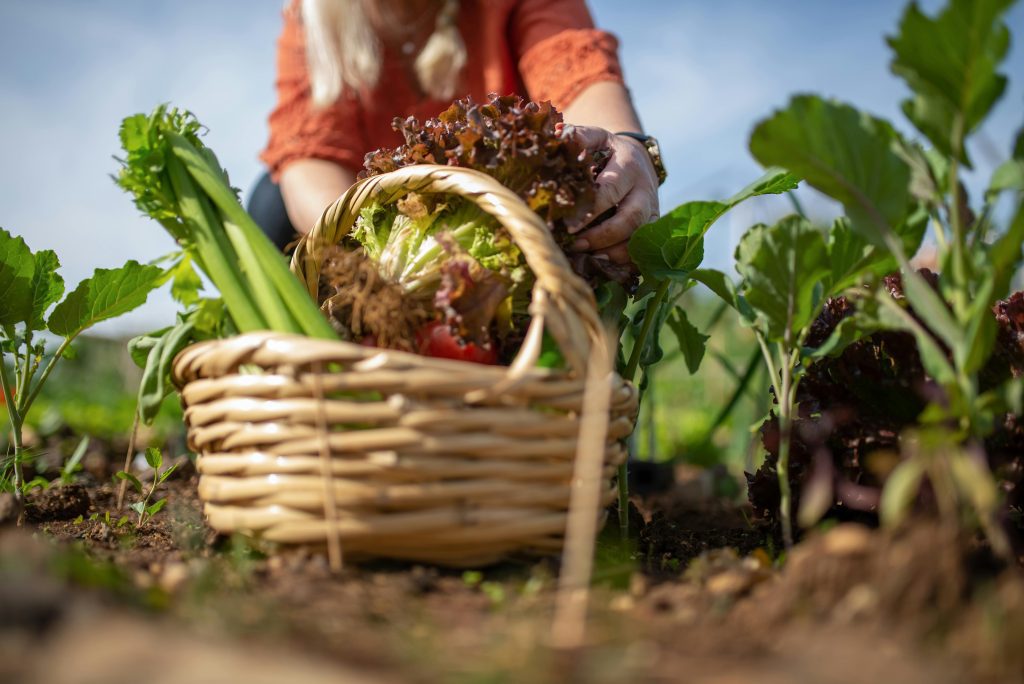When I first started my farm, I was full of dreams – organic produce, happy animals, and a thriving business. Who wouldn’t want all that?
But reality hit me like a truck.
Farming isn’t just planting seeds and waiting for money to grow. It’s a grind – full of unexpected disasters, costly mistakes, and lessons you only learn the hard way.
But if I had known then what I know now, I’d have saved a lot of money, months of wasted effort, and a lot of frustration.
In this article, I’ll share the top 10 lessons I’ve learnt the hard way from my farming journey.
I’ll give you the raw, unfiltered truth about starting a farm – what works, what doesn’t, and how to avoid the mistakes that almost broke me.
Lesson 1: Ditch Idealistic Planning (Farm Realistically)
I made a big mistake early on: I assumed everything would go perfectly.
I read about worm composting, maggot protein for chickens, and “self-sustaining” systems.
So, I invested time and money into these “ideal” solutions.
Well, reality check: Worms died in the heat. Maggot farming was messy and unsustainable. My “perfect” organic pest control failed spectacularly.
– What I learned:
- Nature doesn’t follow your plans. Droughts, pests, and disease will disrupt even the best-laid strategies.
- Test small before scaling. What works in a YouTube video might fail on your land.
- Have backup plans. If one method fails, what’s your Plan B?
– What I do now:
- Use proven, low-risk methods before experimenting.
- Keep emergency funds for unexpected failures.
Lesson 2: Start Small, Scale Later
I bought 5 acres right away. Big mistake.
I thought more land = more profit. Instead, I struggled with weeds, unmanageable workloads, and wasted resources.
– What I learned:
- Master 1 acre before expanding. Learn soil, water, and pest management on a small scale.
- Avoid debt early. Big loans + inexperience = stress.
- Grow what you can handle. Overplanting leads to wasted crops.
– What I do now:
- Focus on high-value, low-maintenance crops first (e.g., leafy greens, herbs).
- Expand only after mastering the basics.
Lesson 3: Prioritize Profitability First
I wanted to grow exotic fruits and rare livestock breeds.
But passion doesn’t pay the bills.
– What I learned:
- Fast-selling crops = cash flow. (e.g., eggs, tomatoes, peppers).
- Avoid “luxury” farming (e.g., truffles, quail) until you’re stable.
- Market demand > personal preference. Grow what sells, not just what you like.
– What I do now:
- 70% of my farm is high-demand, quick-return products.
- 30% is for experiments and passion projects.
Lesson 4: Avoid Wooden Structures (Termites Are Relentless!)
I built chicken coops and storage sheds from wood.
Within a year, termites destroyed them.
– What I learned:
- Termites, rot, and fire make wood risky.
- Cheaper alternatives:
- Metal frames (last decades).
- Concrete floors (no rot).
- Plastic or PVC for fencing.
– What I do now:
- All permanent structures are termite-proof.
Lesson 5: Water Access Is Non-Negotiable
I relied on seasonal rain. Then when a drought hit, I lost everything.
– What I learned:
- Rainwater isn’t enough. Install boreholes, wells, or irrigation.
- Store extra water. Tanks save crops in dry spells.
- Drip irrigation > flooding. Saves water and reduces disease.
– What I do now:
- Two backup water sources minimum.
Lesson 6: Learn Before You Invest (No YouTube Farming Degrees!)
I watched farming videos on YouTube and thought I was ready.
Well, I learned pretty quick that real farming was nothing like the tutorials.
– What I learned:
- Work on a farm first. Experience > theory.
- Mentors save money. Learn from their mistakes.
- Cheap tools break. Buy quality, not just affordability.
– What I do now:
- Test every new method on a small scale before full investment.
Lesson 7: Record-Keeping Is Your Secret Weapon
I lost track of expenses, planting dates, and profits.
And, of course, chaos followed.
– What I learned:
- Track everything:
- Input costs (seeds, feed, labor).
- Yields and sales.
- Failures (why they happened).
- Use apps or journals.
– What I do now:
- Weekly reviews to spot profit trends.
Lesson 8: Pests and Disease Will Test You
I lost chickens to coccidiosis, crops to aphids, and almost quit the entire farming schtick.
– What I learned:
- Prevention > cure. Vaccinate, rotate crops, use natural predators.
- Isolate sick animals immediately.
- Learn common local pests.
– What I do now:
- Regular health checks for livestock.
- Organic sprays (neem oil, garlic mix) for crops.
Lesson 9: Community > Competition
I tried to do everything alone. Bad idea.
– What I learned:
- Local farmers know best. Ask for advice.
- Barter labor, tools, and knowledge.
- Cooperatives = bulk buying power.
– What I do now:
- Join a farmers’ group for shared resources.
Lesson 10: Patience – Farming Is a Marathon, Not a Sprint
I expected profits in 6 months. Well, the reality?
Years.
– What I learned:
- First year = learning, not earning.
- Small progress is still progress.
- Mindset matters more than money.
– What I do now:
- Celebrate small wins (first harvest, first profit).
Final Thoughts
Farming will break you before it rewards you. But with the right lessons, you’ll survive and eventually thrive.
If I had to summarize everything in one line: “Start small, plan for failure, and never stop learning.”
